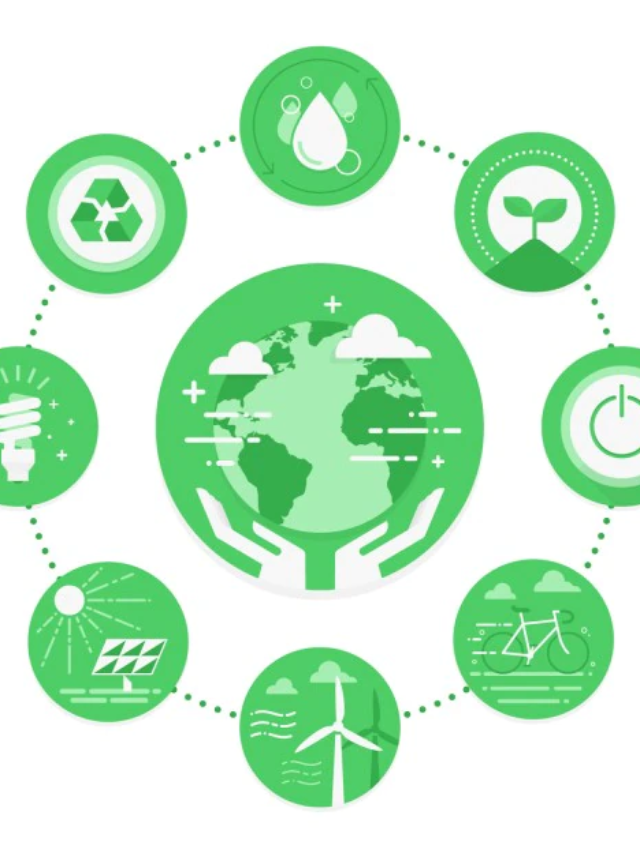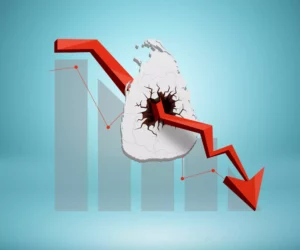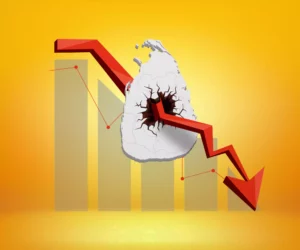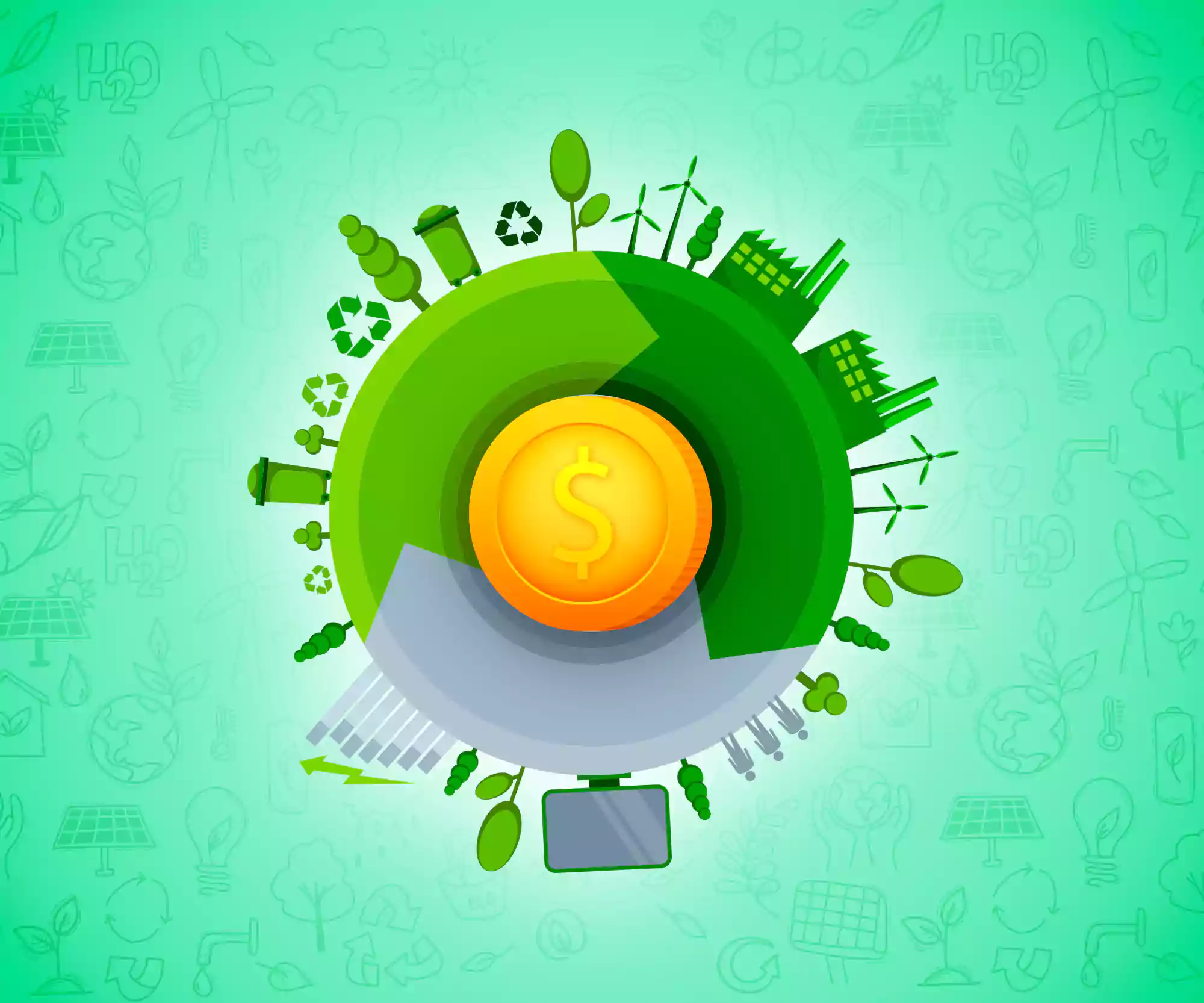
Over the past few years, we have become accustomed to throwing away stuff. Consequently, as a society, we are producing more but recycling less. And as a result, in the coming years, we’ll double our consumption, run out of resources, and destabilise our ecological framework. In such a situation, the circular economy comes into play. Its entire focus is on maximising the use of resources while minimising waste production. Simply speaking, prolonging the use of things is what we call circularity. The introduction of the circular economy has brought a paradigm shift in how we think about critical issues—energy consumption, climate change, and global poverty. This model aims to develop a global economic framework in line with the sustainable development goals set by the United Nations.
Linear economy vs circular economy
The take-make-dispose mechanism is the basis for the linear economy. The ‘take’ happens while extracting resources in the form of raw materials from the earth. The ‘make’ involves processing them to produce something, a.k.a manufacturing. And finally, once it wears out its purpose comes the time to ‘dispose’ of it, creating multiple levels of waste.
From an ecological standpoint, the linear economic model is problematic on many levels. To begin with, taking out raw materials at an excessive pace doesn’t give nature the time to replenish. Additionally, we are producing and mishandling vast amounts of waste, polluting water, air, and land. This sort of unidirectional aggression only plunges the planet into jeopardy. Also, since the linear economic model refuses to consider additional purposes of a product in its take-make-dispose stages, we lose its total value.
To counter the linear model, the circular model emerged. It helps us look beyond material production by considering the social and ecological side of production. Basically, it is an economic model that seeks to reestablish value preservation in the wake of value destruction.
Interestingly, the circular economy is often perceived as an idea perpetuated by monks. On an individual level, it’s associated with teachings that reinforce contentment within reasonable consumption instead of chasing overconsumption.
The objective is to do this long enough to create an economy that sustainably promotes reuse, refurbishment, and longevity.
How does a circular economy work?
In a circular economy, waste is technically non-existent or minimal. There are two fundamental concepts involved in the functioning of a circular economy.
1. Reusing and Repairing
From a consumer’s standpoint, they need to make an effort to stretch the product’s longevity by repairing it and making it reusable. These efforts are also called product life extension.
2. Redistributing
If you are tired of your washing machine, rather than throwing it away, you can send it to the redistribution line. The redistribution line is a system created to ensure no product goes to waste. Used product marketplaces like eBay and Amazon already demonstrate this system’s popularity. On such a platform, either a secondary buyer can benefit from the product or the product’s essential raw materials can give life to something new.
A redefined idea of ownership
What if we never actually owned our machines? The manufacturer has the license for your smartphone, home furniture, and coffee machine. You are just using it. That’s what a circular economy does to a system. It introduces the concept of PaaS (Product as a Service). Instead of owners, we become users and consumers, bringing a drastic shift to the idea of ownership.
Suppose the phone maker retains ownership of your device. You use your mobile phone to its capacity. After the device runs its course or when it breaks, it goes back to the manufacturer. Then, it can be refurbished and sold, or they can extract vital raw materials from it to make another device. Once we have retained the value, the product is no longer wasted.
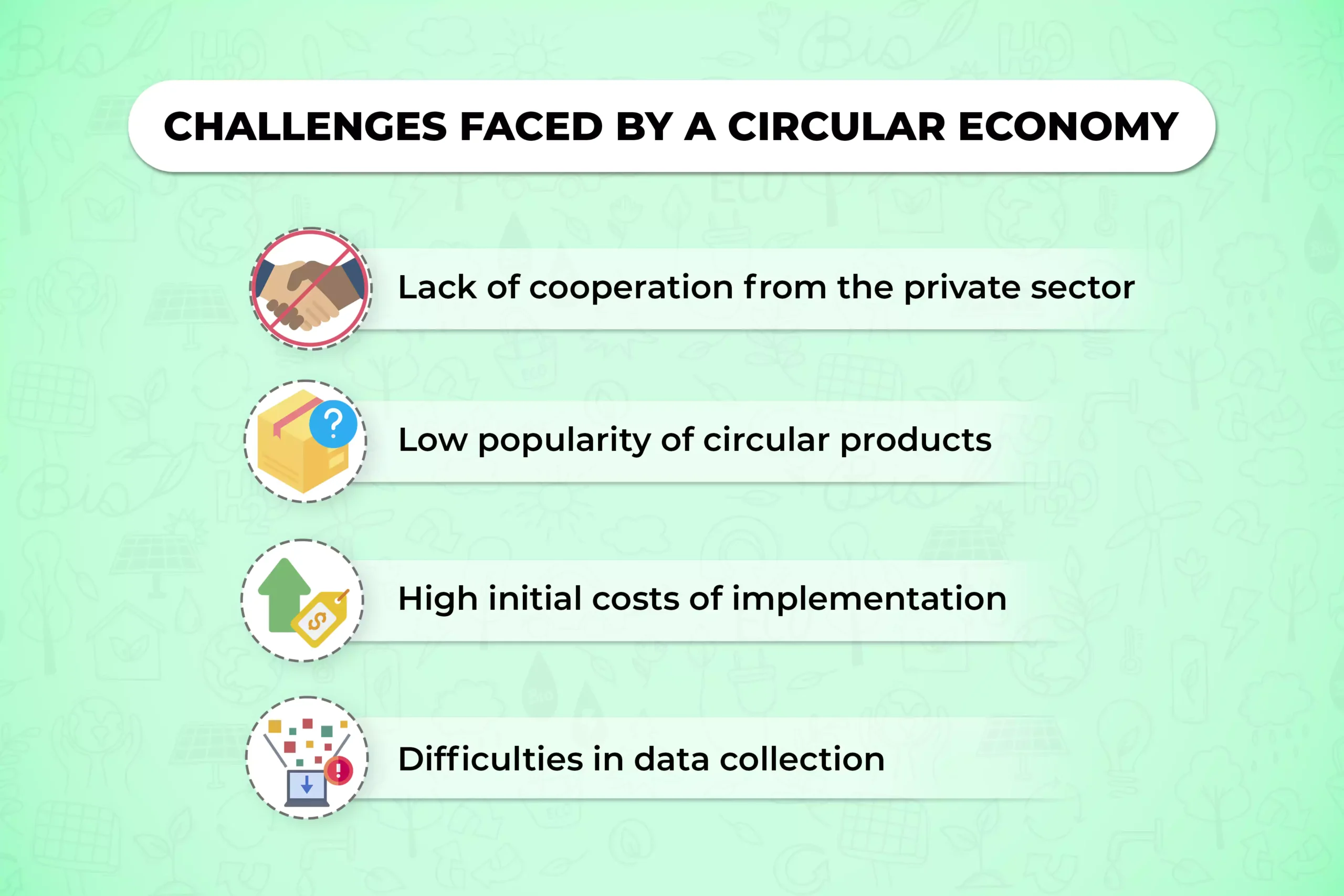
Countries pursuing this model
1. The Netherlands
The Netherlands has been at the European forefront of prioritising sustainable development in the region. They recycle and convert waste into usable and resourceful energy by deploying the right technology. A technology named Enerkem is helping the Netherlands and other EU member states to create ultra-clean syngas (or ‘synthesis gas’, a form of domestic and industrial fuel) from waste. In addition, they are stepping into a molecular level of waste recycling by retrieving carbon (the fundamental building block of waste compounds) from municipal solid waste.
There is also a 14-member consortium in the Netherlands looking forward to making waste-to-chemical and other initiatives a reality. This consortium will work closely with local, regional, national, and European governments to investigate policy measures to achieve the same.
2. France
The Roadmap of France is one of the many projects initiated to fight wasteful systems and transition towards a greener economy. France’s laws encourage proper waste production and prevent the mishandling of natural resources. France has also planned to phase out single-use plastic packaging by 2040.
3. Italy
Italy is arguably the champion of the circular economy. It has the highest percentage of overall waste recycling among European nations at 79.4%. Furthermore, the budget law in the country has laid out principles focusing on establishing a public investment fund to promote innovative projects to this end. Their primary focus areas are sustainable tourism, decarbonisation, and climate change mitigation. Expanding its horizons, Italy is also extensively working on the bioeconomy—where natural resources are put through biological processes to deliver economically viable goods.
4. India
According to a study, India’s savings from the circular economy will reach $624 billion by 2050. This would be possible through a scientific treatment of municipal waste (categorised as dry, wet, and construction/demolition waste). Done properly, this waste treatment could lead to resource recovery, which would generate significant financial takings on its own. The study also predicts a 44% reduction in greenhouse gas emissions. In the past few years, the Indian economy has witnessed significant technological advancements, and the reliance on technology will only increase with time. This dependence on technology gives rise to e-waste. According to economic forecasters and current development trends, India will emerge as a strong player in the game of sustainability.
Can we achieve sustainability through a circular economy?
Think of a tree. It takes nutrients from the ground, grows leaves, bears fruits, feeds other organisms, and converts carbon dioxide into oxygen. Then, the leaves fall off as the tree gives shelter to other creatures, and the cycle repeats itself.
A circular economy does something similar. It runs on a continuous, multi-purposed, limited-waste loop. However, given the vastness of the global economic system, we may not see the circle’s arcs as prominently or as fast. This could discourage people from buying into the concept and may even feel utopian to many.
It is an innovative idea nonetheless. Considering the wave the circular economy model is riding, it will create a sustainable society as we progress. Moreover, this economy brings ample environmental benefits like fewer greenhouse gas emissions, fertile soils, and reduced carbon footprint. In a time when the world is battling digital carbon impacts, that’s the kind of cavalry we want. Moreover, it will generate employment in the development sector, which is ultimately good for overall economic growth. But getting to this point will take time, persistence, and a collaborative effort.
